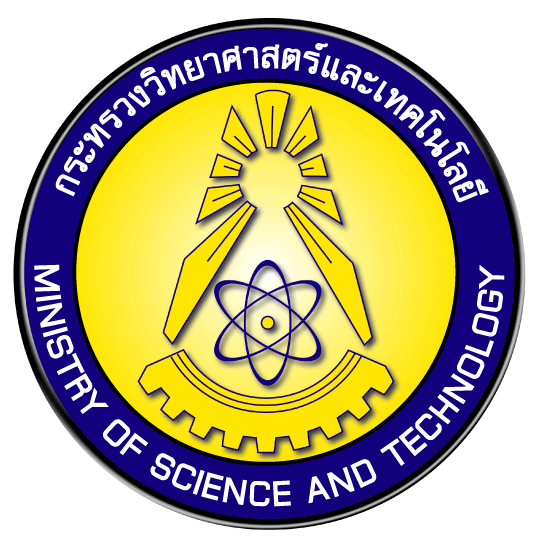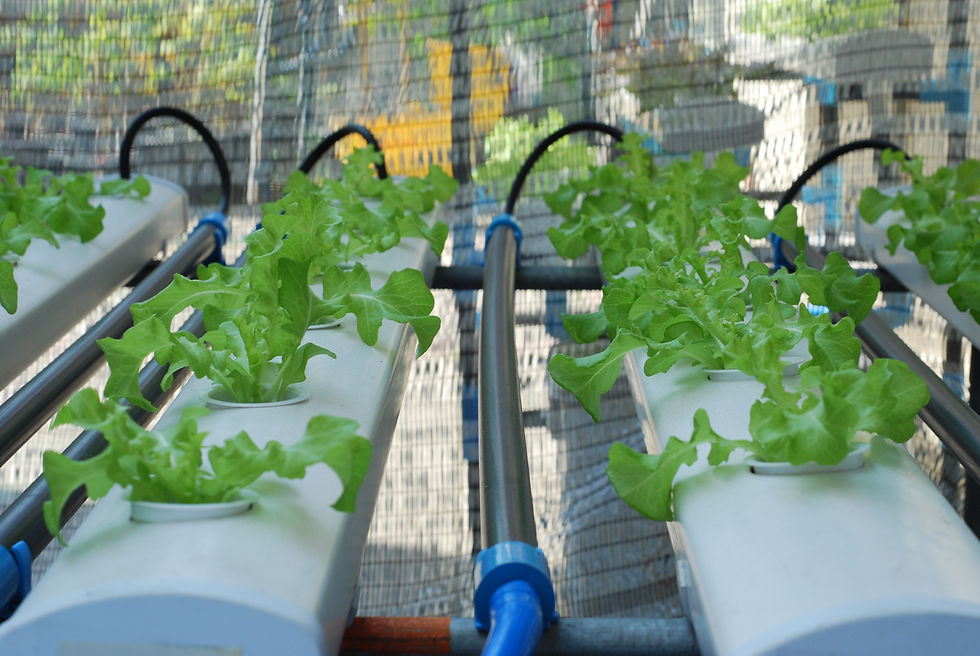LAB RESERACH THEME : PLANT NUTRIENT HOMEOSTASIS
Research grants from


I. Physiological & molecular study of nutrient uptake, transport and homeostasis in plant




Fertilizer application is the major cost to produce many economic crops in Thailand including cassava and oil palm. However, very little is know about nutrient uptake and regulation molecularly, so we are trying to understand process and mechanism of uptake and transportation of nutrients especially in molecular levels in cassava and oil palm to provide the basic knowledge about homeostasis and nutrients utilization in both economic crops.
Regarding molecular mechanism of nutrient acquisition in plant, there are many genes that involve in uptake, transport, storage, and utilization of nutrient in plants. Our lab is current investigating, expression patterns of transporter genes related to macronutrients, and micronutrients uptake and utilization in both plants under application of fertilizer. Genes that we are currently investgating are major macroelement transporter such as, Nitrate transporter (NRT1, NRT2), Ammonium transporter(AMT1, AMT2), Phosphorus transporter(PT), Potassium transporter( HAK) and some important microelement transporters including ZIP, COPT, MGT and metallothioneins (MT).
Investigating expression of transporter genes including in both economic plants at different ages will provide the expression patterns of those transporter genes which will provide important information about nutrients homeostasis in cassva and oil palm at the different ages. Moreover, the results may provide important information that can be used to formulate unique type of fertilizers to improve yield of cassava and oil palm.
II. Drought Condition on Plant Growth and Expression of Genes Involved in Nutrient Utilization




Cassava and oil palm are among the most important economical crops in Thailand. Cassava is capable of growing on marginal soils with poor nutrition and can tolerate drought condition as well. However, drought condition may affect growth of cassava in during growth period for 4 - 6 months after planting (MAP) and have impact on many processes including utilization of element. Oil palm can also overcomes the effects of moisture deficit by the presence of a well-developed carbohydrate storage organ, the pseudo bulb that helps militate periods of drought during which time the carbohydrates stored are mobilized. Nevertheless, water deficiency is still negatively affect oil palm productivity and growth.
Regarding adverse effects of drought stress on plants, information involves in uptake, transport and homeostasis of nutrient during drought condition in cassava and oil palm is still poorly available especially in molecular level. Our lab is now conducting study on the effect of drought condition on growth and development and expression patterns of transporter genes that responsible for taking up essential elements including nitrogen, phosphorus, potassium, zinc, copper and iron (NRT1, NRT2, AMT1, AMT2, PT, HAK, ZIP, COPT and IRT ) under different drought conditions in cassava and oil palm.
Knowledge gained from this research will pave the way to improve nutrient uptake and utilization in plant under drought condition and potentially to maintain production with efficient nutrient usage and investment.
III. Physiological and Molecular studies to Produce Low-Nitrate Lettuce in Hydroponic System




Vegetable is one of the healthy food that becomes more popular among consumers who are concerned about their health. Nowadays, many farmers in Thailand prefer to use hydroponics technique because of many advantages including high quality of vegetables, ability to control growth factors easily, no concern about season, high water use efficiency and less pesticide usage since very few insect can harm vegetable grown in protective growth facility. Although hydroponics has many advantages but this technique also raises some concern about nitrate over-accumulation in vegetable. High uptake of nitrate from fertilizer solution can cause accumulation of nitrate in many parts of vegetable especially in their vegetative parts. If consumers had nitrate more than “Acceptable Daily Intake” (ADI) in their body, it might cause health problem since nitrate can be metabolized into nitrosamine which is a carcinogenic agent.
Regarding this, we will conduct physiological studies to find the way to manipulate nutrient solution to optimize nitrate accumulation in some popular vegetative such as green oak, red oak and cos. We are developing methods to reduce nitrate by modifying nutrient solution and growing practices. Physiological parameters including overall growth, chlorophyll contents are measured as well as nitrate concentration in leaf and root parts. Genes involved with nitrate uptake and metabolism including nitrate transporter( NRT1, NRT2) and nitrate reductase (NR1, NR2) are also investigated in order to understand uptake mechansims of nitrate in these vegetables.
All data collected from these experiments will ultimately suggest the practical method to produce vegetables hydroponically with low nitrate accumulation and minimal compromise on overall growth and quality. Molecular mechanism of nitrate uptake and metabolism will help us understand how these plants utilize elements provided in nutrient solution and probably use these information to screen vegetables with best characters ( low nitrate accumulation, high nutrient use efficiency) for vegetable producer as well as consumer.


